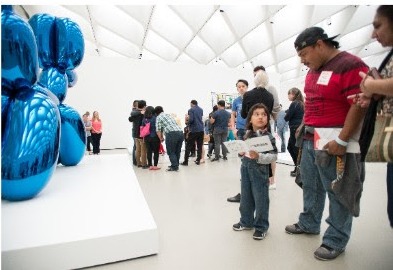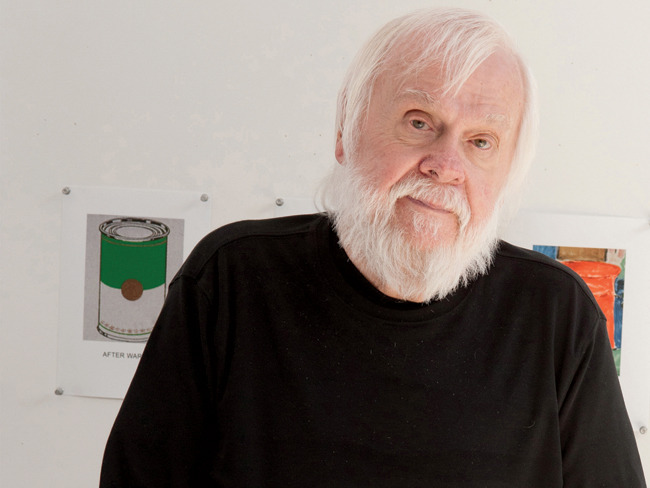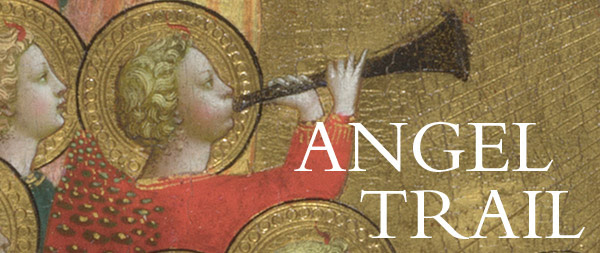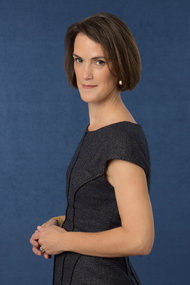The other day the Broad Museum announced attendance since its opening on Sept. 20: it admitted 177,264 visitors in its first 12 weeks; by the end of this month, it expects more than 200,000 visitors.
 Those numbers are against a projected annual number of 300,000, the museum says–which was definitely a low-ball number, I would think. New museums, especially those that are interesting architecturally, always attract big crowds–at first.
Those numbers are against a projected annual number of 300,000, the museum says–which was definitely a low-ball number, I would think. New museums, especially those that are interesting architecturally, always attract big crowds–at first.
Admission to the Broad is free, which helps.
I asked the museum PR department what the new projection was for annual attendance, and this was the response:
We expect to have over 500,000 within our first 12 months of operation. We don’t plan to make any further or more specific projections until we have more actual attendance data. We have adjusted operationally to accommodate a higher visitorship than expected and will continue to do so as needed.
The Broad is open until 8 p.m. three nights a week, and regular readers of RCA know that I advocate for more evening hours at many museums. So I asked how they were working out–if the museum would disclose traffic patterns so that we could all learn from this. Not much, so far:
We share your enthusiasm for museum hours that allow visitors with a variety of family and work schedules to visit the museum…. Our galleries are at capacity every day and we are admitting visitors at roughly the same rate during all open hours, drawing from our onsite ticketing line as well as the line for advance timed ticket holders.
The advance tickets are sold out for December, January and February, the museum says. If you want to go, you have to take a chance on getting onsite tickets. Per the press release:
Admission for the onsite ticketing line is first come, first served, based on availability. The wait time in the onsite ticketing line is 30 to 45 minutes on an average weekday, and 60 to 90 minutes on an average weekend. On holiday weekends, wait time in the onsite ticketing line can be up to two or three hours.
The museum also said its public programming included several sold-out programs, and that it begins school visits, in hours before the museum opens to the public at 11 a.m. on weekdays, in January.
I regret to say that I have not been there since its opening, though I had a hard-hat tour in fall of 2014. This is only the beginning, and it’s a good one, but the key (as always) is what happens after the newness wears off.
Photo Credit: Courtesy of the Broad





